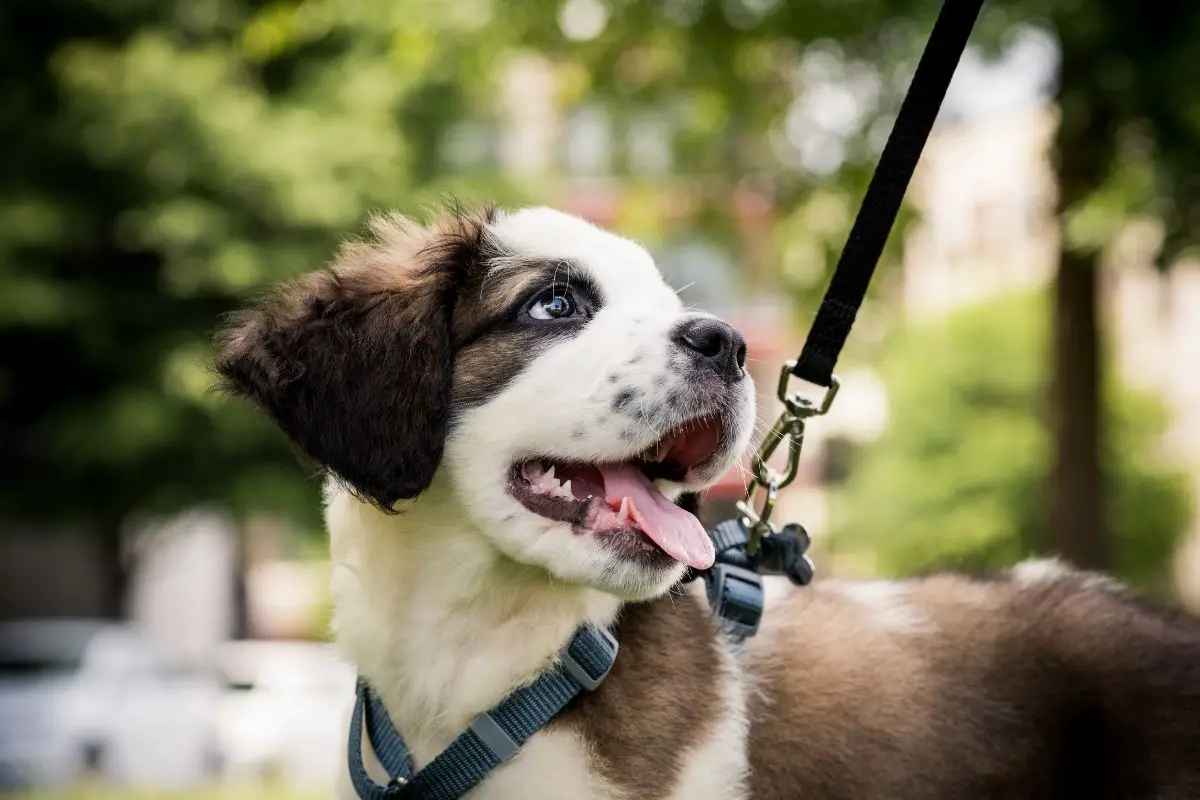Dog-walking is a mutually beneficial exercise. Dogs adore their daily walks, which are critical to their physical, mental, emotional, and even social health. If they’re not socialising with other dogs, then dog-walking time is fur parent/fur baby bonding time, at the very least!
Alternate environments also help to engage a doggo’s senses, broadening their horizons. The mere act of changing things up is an opportunity for canine learning and mental stimulation.
The benefits for hoo-mums (and doggy daddies) are surprisingly similar. Though your experience won’t match your fur kid’s in terms of novelty, a daily walk carries similar physical, mental, and emotional benefits for humans. Having a dog is like having a walking buddy to keep you accountable! Plus, everything’s better with dogs, right?
Fun as dog-walking is, it’s important to get it right. On-lead walking runs contrary to canine instinct, and so the key to cooperative walking is leash training. There are other ways to optimise the experience, too—for both yourself and your pooch. Read on to learn three tips for mastering your dog walk.
- Leash training
This is a separate blog post in itself, but leash training is integral to obedience and disciplined walking habits—and the sooner it’s introduced, the better. Ideally, your dog will have been leash trained since puppyhood. That being said, it’s never not beneficial to introduce new behaviours and habits.
Stylish Hound’s No Pull Harnesses are also a great behavioural aid.
What’s a sign of poor leash training? Excessive pulling. As discussed earlier, walking with a leash directly contradicts their predatory instinct. When pulled in a certain direction, an untrained dog will either fight the leash or try to flee—which translates to pulling away. Perhaps even trained dogs may slip up.
In a nutshell, leash training is operant conditioning: behavioural reinforcement (or discouragement) using methods of reward and punishment. For doggos, treat-based training is perhaps the most common method. Clicker training is also a common alternative.
Another important aspect of leash training? Verbal cues and side continuity. Your dog will learn to associate common commands (e.g. ‘heel’) with specific actions. It’s also important that they walk one side of you and that you don’t chop and change.
- Bring poop bags
If dogs are sentient garbage disposals for food, then beware of any ‘litter’ your dogs may leave behind. Cat owners: we’re not talking about litter trays, which are entirely different forms of pet poop disposal.
Biodegradable sits best with Mother Nature.
Well-trained dogs will do their business outside, so they will also see walk time as an opportunity to let it rip. Bring poop bags along for your walk and you’ll be well equipped to pick up any ‘litter’. By cleaning up your act, you’re showing others that you’re a responsible dog owner. You’re also doing your bit for Mother Nature.
- Ensure safety
Animals can be more vulnerable to danger than humans, and there are ways we can ensure their safety in public spaces. An obvious way is by ensuring that our pets’ microchip and external identification (attached via collar) are in place and up-to-date. If the unthinkable were to happen and your dog became somehow lost, having such ID in place would optimise all chances of them being located and returned home again.
Looping back to leash training, so long as your dog is well-versed in verbal cues, they will be road safety pros. Dogs may also associate the ‘sit’ or ‘wait’ commands with upcoming kerbs, so the visual trigger also prompts ‘street smart’ behaviour. This mental association is a prime example of operant conditioning. When walking at night (or in dark conditions), it can help to don your doggy in reflective gear. Has your dog tried an LED collar on for size?
Finally, know how to manage challenging climactic conditions. For example, if it’s excruciatingly hot outside, perhaps postpone or forgo the walk for today. If it’s cold outside, dress your dog in booties or a dog jacket—because sometimes fur alone won’t suffice! If you’re taking your dog for a long walk, bring a dog drink bottle, and be mindful of how hot, cold, or rugged conditions may feel on their bare paws. Ensure your pooch can handle the tasks ahead of them!
Ready to go?
By now you’ve likely realised there’s more to dog-walking than meets the eye. We hope our insights into discipline, cleanliness, and safety have given you some food for thought. Could you improve your dog-walking habits? What are some other ways you could optimise the dog-walking experience? Unleash your mind and let it wander. Don’t do the same for your dog, though.

